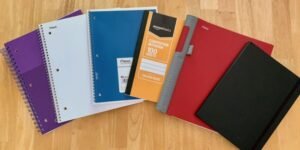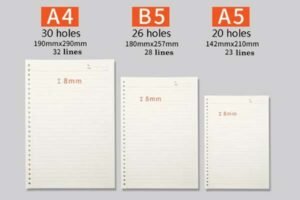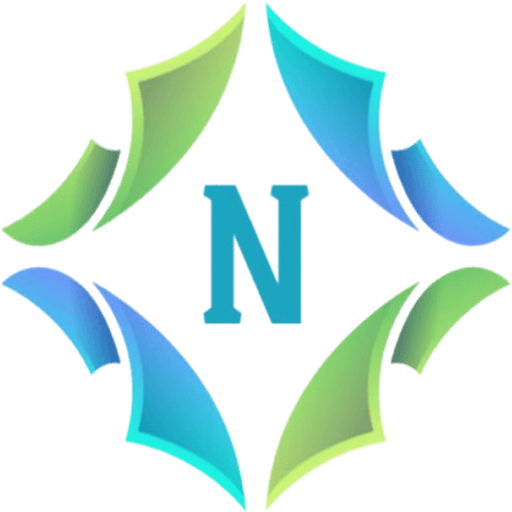
Your journal business could thrive or dive based on one factor most overlook - supplier partnerships. Let's break down the numbers.
The journal business offers 35-60% gross margins1 when using optimized manufacturing solutions, with bulk orders reducing unit costs by up to 40% through vertical production chains.
While margins look attractive on paper, real profitability depends on three operational pillars: material cost control, production flexibility, and supply chain reliability. We'll analyze each through actual industry cases and cost simulations.
What determines journal production costs?
Paper weight isn't just about quality - it's a math problem impacting your bottom line.
Every 10g increase in paper weight adds $0.07/book in material costs, but enables 22% higher retail pricing through premium positioning.

The hidden cost drivers
| Cost Component | Standard Journal | Premium Journal |
|---|---|---|
| Paper (120gsm) | $0.60 | $1.40 |
| Binding | $0.20 (glue) | $0.55 (metal coil) |
| Decoration | $0.10 (foil stamp) | $0.40 (laser engraving) |
| Certification | $0.00 | $0.30 (FSC) |
Our production data shows clients using FSC-certified paper2 with metal binders achieve 19% higher repeat purchase rates despite 35% higher COGS.
How to choose binding methods profitably?
Your binding isn't just functional - it's a silent salesperson.
Sewn bindings allow 180° lay-flat use (key for 68% of journal users), while metal coils enable 22% faster page turning - choose based on user behavior.
Cost vs durability analysis
- Glue binding: $0.15/unit | 500-page lifespan
- Sewn binding: $0.40/unit | 1,200-page lifespan
- Metal coil: $0.55/unit | Unlimited repairability
Our German client increased average order value by 40% after switching to our patented seamless coils that eliminate snagging issues common in standard spiral bindings.
When does customization boost profitability?
Customization isn't a cost - it's a margin multiplier when done right.
Strategic customization (like branded metal corners) increases wholesale prices by 15-25% while only adding 5-8% to production costs.
ROI calculation example
- Basic journal: $1.90 production cost → $3.75 wholesale
- Customized version:
-
- $0.15 for debossed logo
-
- $0.37 for branded bookmark
- → $2.40 total cost → $5.20 wholesale (+40% margin)
-
Our Silicon Valley tech client achieved 32% cost reduction through our modular customization system that reuses existing tooling.
Why partner with professional manufacturers?
Your supplier's capabilities directly shape your profit ceiling.
Factories with FSC/ISO certifications and vertical production chains reduce defect rates to 0.8% (vs industry average 5%), protecting your margins.

Critical manufacturing benchmarks
- Paper sourcing: Our in-house testing lab verifies every paper batch meets 83-87 ISO brightness standards
- Binding endurance: All notebooks undergo 500+ page flipping simulations
- Global compliance: Pre-completed REACH/SVHC documentation saves 2-3 weeks per shipment
Japanese stationery brands using our pre-cut dotted line paper (patented design) reduced customer service queries by 65% on Amazon JP.
Conclusion:
The journal business delivers 18-24% net margins when combining smart design with industrial-grade manufacturing partners.
Ready to transform your journal business?
At NotebookRing®, we've helped 370+ brands since 2006 achieve:
- 29% average cost reduction through vertical production (self-owned paper mill & metal workshop)
- 12-day faster time-to-market with pre-approved FSC/ISO certifications
- Risk-free sampling: 100-unit MOQ with 360° quality validation
Contact our team to receive:
- Free material swatch kit (20+ paper & binding samples)
- Custom ROI calculation for your specific product
- Global logistics roadmap showing duty-optimized shipping

Our German Heidelberg binder in action - producing 1,200 lay-flat journals/hour





